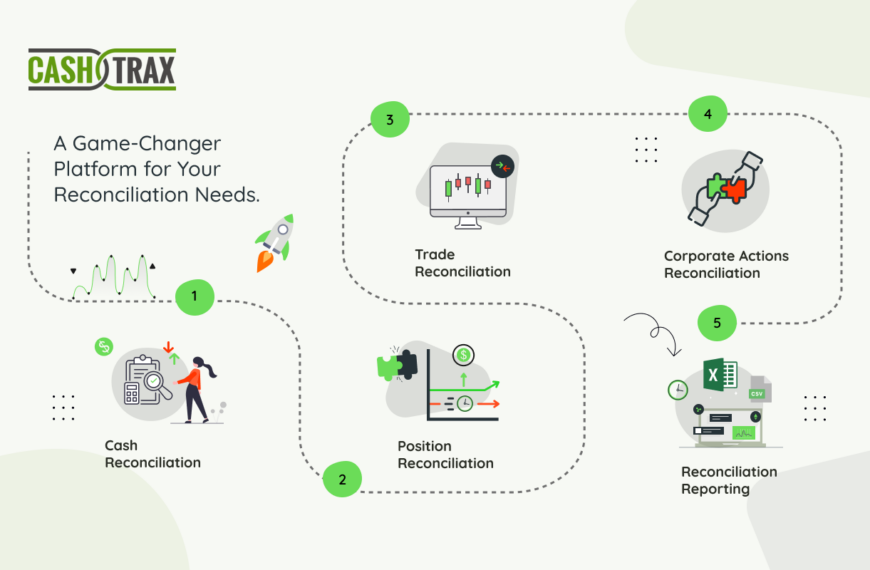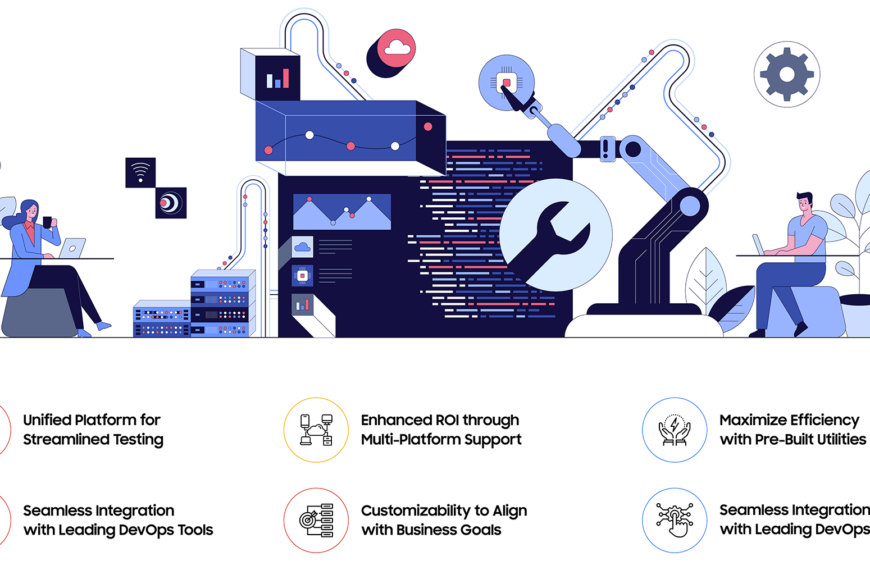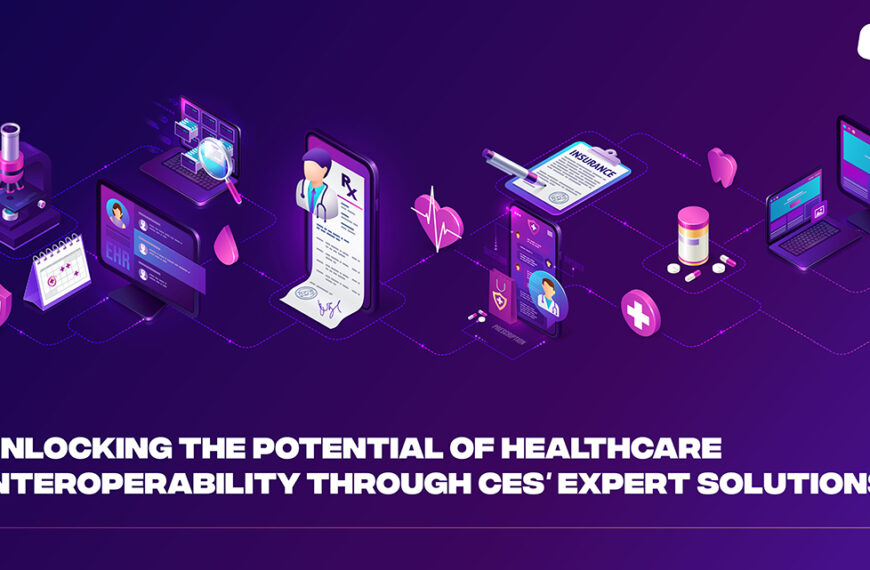AI as a digital sieve to obtain critical information without manually sifting through data files
Time: A commodity under pressure
In the era of information overload and increasing regulatory paperwork, the time permitted for any action is not anymore linear by the strictest definition. With attention span shortening – especially among the executives – and with the time-to-market shrinking, the time available for analysis and decision making has reduced exponentially.
If your job involves dealing with stacks of paper – physical or digital – requiring you to find not only answers but also insights and advice, your job is unequivocally unenviable. You might be able to find a proverbial needle hidden in the haystack more easily than scanning for intangible information from the stack of digital pages with your eyes. The job is not only thankless, prohibitively time-consuming and expensive, but also inefficient in this competitive world — the world where strategy and people are not the only differentiator but the computing/processing power as well.
A job that involves dealing with stacks of physical or digital paper to find insights is unequivocally unenviable.
Speed, diligence, and intelligence
Businesses run on time-wheels involving tight schedules. Time is a commodity, but the time of executives and decision makers is a highly premium resource.
It is thus critical to reduce this seemingly mundane but highly detrimental activity of gleaning information from documents. The process must be streamlined for producing better, quicker results using the right technology. The era of Artificial Intelligence with the advancements made in Deep Learning algorithm coupled with enhanced processing power of machines has a promise to make such outcomes feasible.
Intelligence beyond binary responses
Given this daunting ask, DIG (Data Insight Generator), the Reading Comprehension engine developed by CES, has fulfilled one such promise with its AI based Deep Learning algorithm. This engine was developed and deployed for a Financial Advisor to help them with reading regulatory documents and collecting important compliance information relevant to the Financial Services industry.

This bot – with Deep Learning algorithm built in – was designed to work like a mini search-engine. It takes a query from the user in English and instantly gets informative answers from the data files. It is built not only to provide binary – yes or no type – answers but also to be trained for sophisticated conditional answers. The bot was initially trained by feeding it hundreds of documents. It ‘learnt’ the various possible answers through adversarial methods by developing a cross-reference table of positive and negative words and understanding the underpinnings of such nomenclature. When CES ran the drill of training the bot, it proved that it could be trained in just 2-3 days instead of several weeks that was originally anticipated.
This bot is effective in any domain that involves reviewing reams and databases of paperwork and requires augmenting the human for effort reduction. It can read not only text-based documents but images and scans as well through integration of OCR technology. It has the potential to read operational information and generate summarized answers for quick executive decision making.
This bot is effective in and augmenting the human effort and getting insights from reams and databases of paperwork.
Other areas of influence
CES also developed Deep Learning algorithms that made a difference in work frames in other domains.
Smart Inventory Scanning
Inventory Management was another area that CES delved into using Deep Learning algorithm. The technique employed here was Object Recognition. A firm involved in packaging and transporting farm produce used the technique of scanning barcodes on each crate to update their inventory which was a time-consuming process. CES developed an algorithm wherein the neural network was trained to recognize barcodes in bulk just by clicking a picture of the stacked crates with a Smart Phone. The neural network-based app was used to scan 30 barcodes at a time and update the database for further processing thus reducing the effort 30x in this instance.
Predictive Intelligence in Healthcare Provisioning
An algorithm created for the Health Care sector, made ‘Care Steps Generation’ for patients simple and fast. A neural network was created by accumulating notes of care coordinators and the subsequent steps to be taken for therapy or follow-ups. When a new test ‘note’ was fed to the network, the Care Steps Algorithm that CES developed was able to predict the next course of action or therapy, thus, demonstrating the promise of simplifying the work for the care coordinators.
Other possible enhancements
There are many other applications of this Deep Learning technology. The above bot has been designed for basic Q&A purpose. However, its functionality can be further enhanced by integrating it with Chat Bots to converse with humans and provide from a database confirmed answers or research-oriented options for further analysis.
For more information or a conversation on how DIG can augment document reading and analysis to generate insights for your organization, please contact us at: sales@cesltd.com







